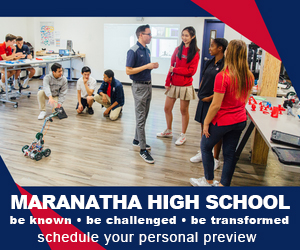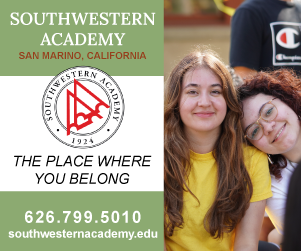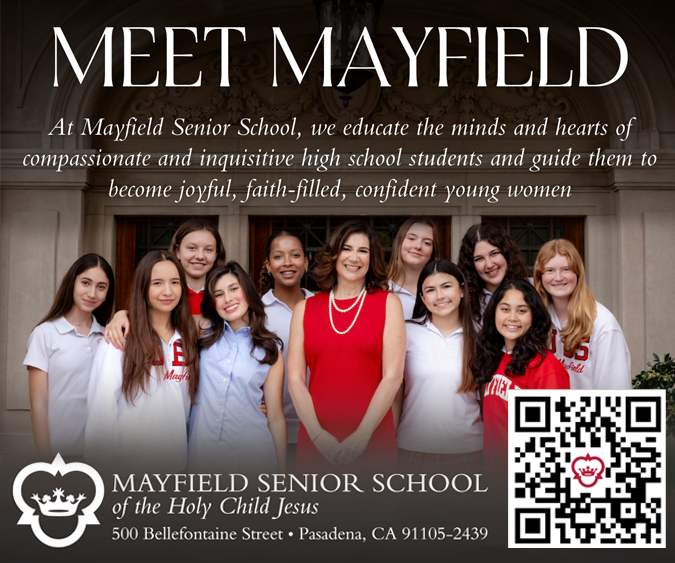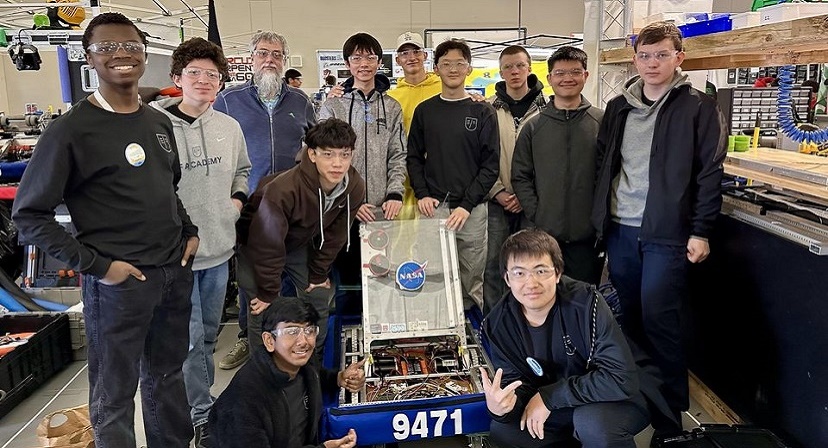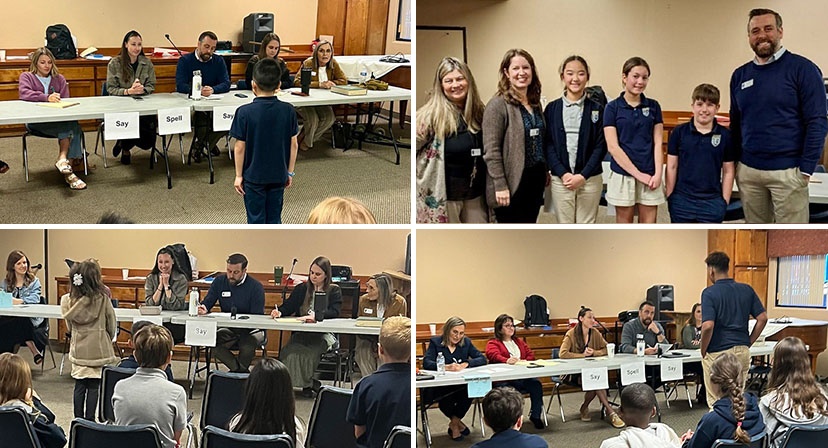Flintridge Prep Students Mixing Concrete, Language, And History with Latin 2
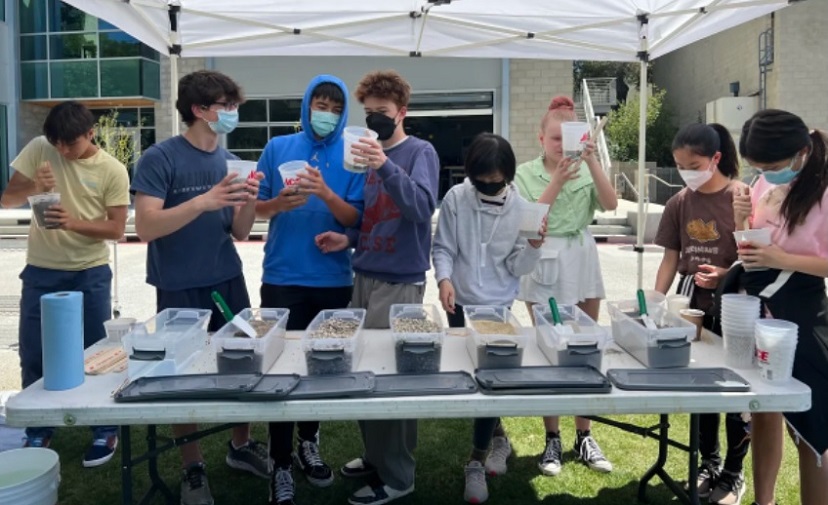
On a sunny spring day in April, 13 students in Latin 2 and a few faculty were mixing concrete. They were not getting ready to pave a new walking path on Prep’s campus. Rather, they were discovering how the ancient Romans used the material to create some of the structures and buildings people still visit and use to this day.
“We’ve been studying how important concrete was to the development, expansion, and infrastructure of the Roman civilization, and some of the ways in which Roman innovations with the material enabled the construction of previously impossible structures, many of which are still standing 2,000 years later,” Latin and French teacher Toby Wagstaff says. The Pantheon in Rome, the Pont du Gard aqueduct in France, and other Roman-built roads around present-day Europe and northern Africa were all built using Roman concrete.
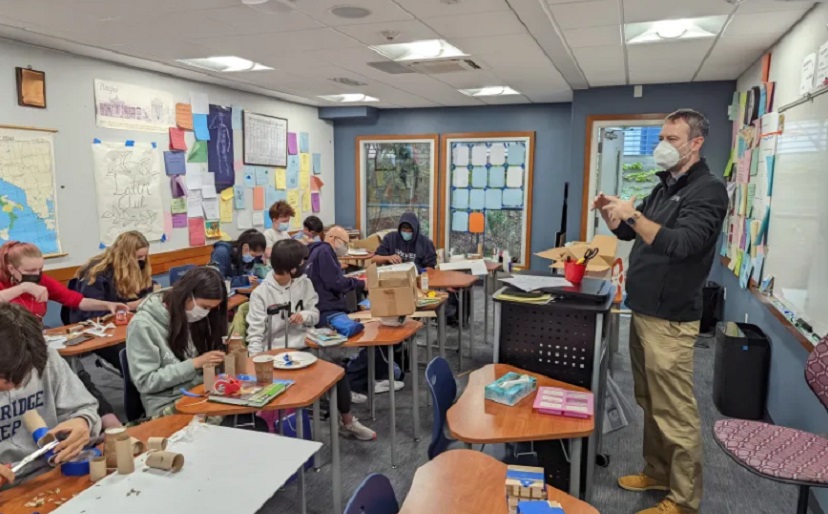 Latin teacher Toby Wagstaff guides students through how Romans used concrete to build structures like the Pantheon.
Latin teacher Toby Wagstaff guides students through how Romans used concrete to build structures like the Pantheon.
Also known as opus caementicium, ancient Roman concrete used pozzolanic ash, which helped prevent cracks from spreading. Further engineering innovations resulted in what’s known as the Roman concrete revolution, which gave way to the Pantheon, arches and vaults in buildings and aqueducts, amphitheaters, and more.
Partnering with Director of Facilities Nick Wright and STEAM Coordinator and physics teacher Shane Frewen, Wagstaff originally planned this activity for March 2020, right before lockdown. Now, two years later, the project came to fruition.
Prior to their concrete mixing, Wright visited the Latin 2 class and talked with students about the modern innovations and uses of concrete in buildings and infrastructure they interact with daily. The students then created cardboard molds in unique designs with which they’d be making concrete objects.
On the mixing day, Wright set up stations with the various materials that go into making concrete, including Portland cement, fine and coarse sand, and different aggregates like gravel and pumice, which the Romans used in their concrete to make it more lightweight.
Walking students through the chemical reactions that occur, Wright guided students through different forms of concrete they could make depending on the designs they were hoping to make. It was also a lesson in patience and physical stamina, as hand mixing concrete is no easy feat (and why construction companies today use lots of machines during the process).
From concrete sunglasses to minimalist boxes to a mini-Pentagon to a donut, the final products ranged from functional to humorous and unique… and the Latin 2 students can now add “concrete mixers skilled in the Roman tradition” to their resumes!
Flintridge Preparatory School, 4543 Crown Ave., La Cañada Flintridge, (818) 790-1178 or visit www.flintridgeprep.org.





